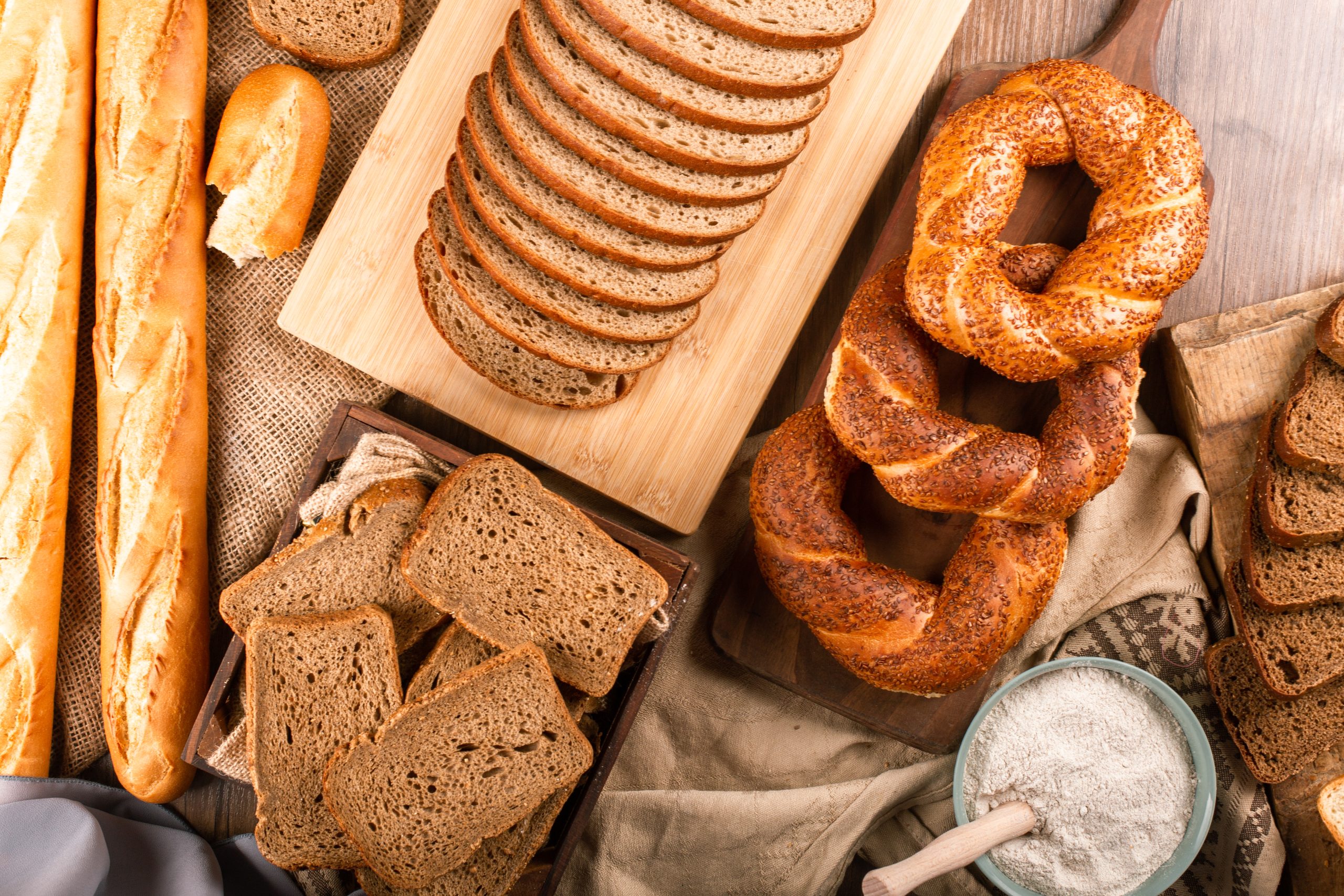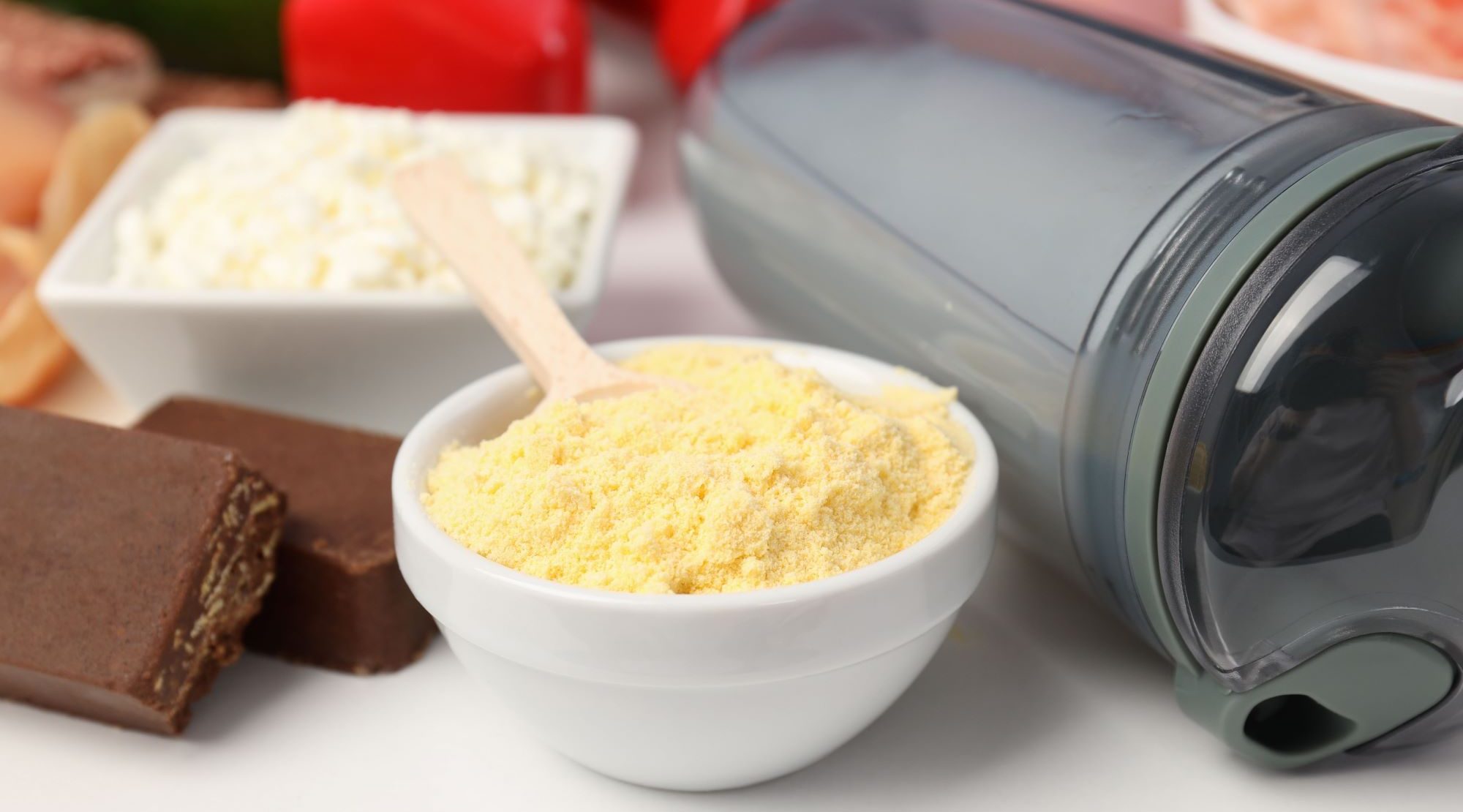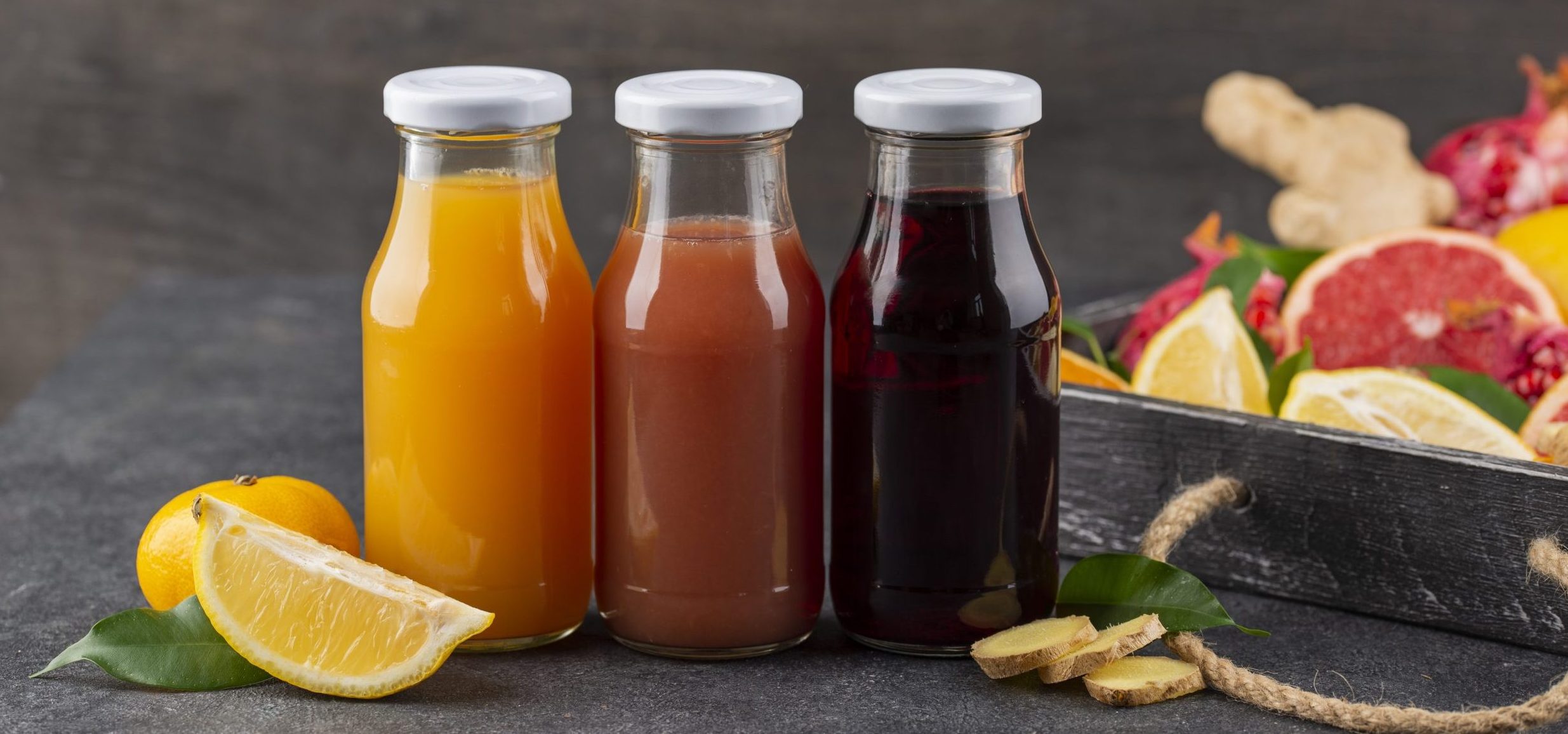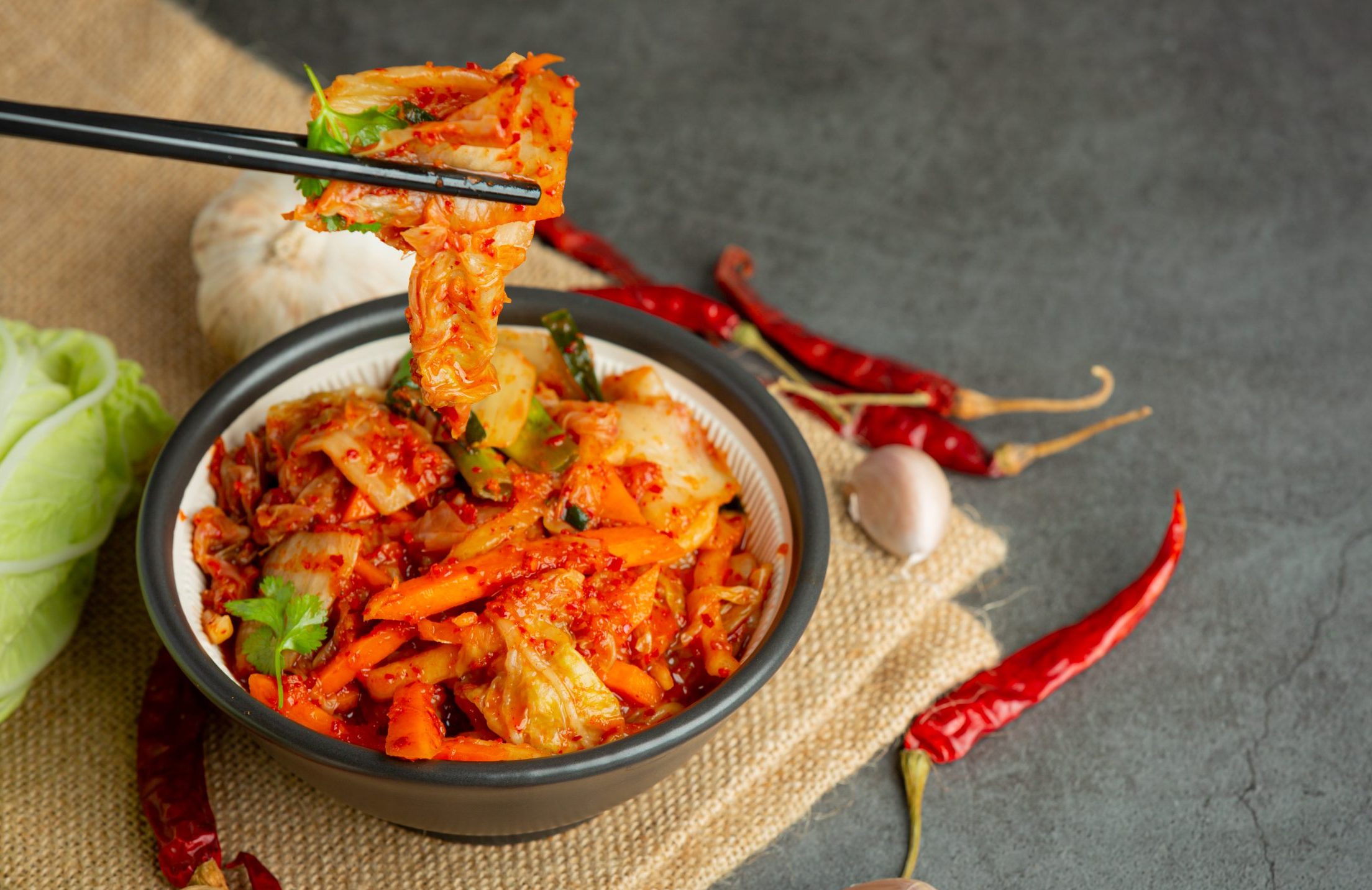It’s that time of year again where rich, delicious mooncakes take centre stage in the homes of many Chinese families. The roundness of mooncakes symbolizes family prosperity and reunion in conjunction with the Mid-Autumn Festival. Witnessing the moon at its fullest and brightest, while indulging in these sweet mooncakes is one of the customs during this festival.
Consumed both within China and by Chinese communities outside of China, the mooncake comes in numerous varieties such as Cantonese style, Shanghai style, Suzhou style, and Beijing style. Besides that, many mooncake products with local characteristics have been introduced in various places according to traditional customs and eating habits. Just as how the Mid-Autumn Festival is celebrated in various Asian localities due to the presence of Chinese communities throughout the region, mooncakes are enjoyed in other parts of Asia too9,10.
Malaysia
- Mooncakes in Malaysia are quite similar to the traditional Chinese versions. There are countless variations in the market, you can never go wrong with the classics such as white lotus, salted egg yolk and red bean. More contemporary flavours include Hojicha, Musang King Durian, alcohol-infused treats and more5.
Indonesia
- Indonesian mooncakes are known as “tong cu pia” or “kue bulan”, are quite unlike the traditional Chinese versions in terms of form and filling. Indonesian mooncakes are whitish disc-like cakes made of wheat flour stuffed with various fillings such as sweetmeat, milk, chocolate, cheese and even fruits just like durian and jackfruit4.
Thailand
- Thailand has created their version of the mooncake that fits better within the Thai culture. The most common type of mooncakes is filled with Durian Paste. Other fillings can include chocolate, sweet potatoes fruits, or even ice cream3.
Vietnam
- There are two kinds of mooncake: bánh nướng (baked mooncake) and bánh dẻo (sticky rice mooncake). The baked mooncake is made of up to 10 ingredients, including lime leaves, smoked sausage, lotus seeds and a secret sauce or wine while the sticky rice mooncake is made with mung bean paste to be eaten fresh8.
Philippines
- ‘Hopia’ means good cakes and these delicacies can be found in Philippines all year round. Hopias are characterised by its flaky skin and stuffed with mung bean paste. The Hopia mooncakes are relatively flat when compared to the Cantonese mooncakes6.
Making Mooncakes Healthier
Consumers worldwide are looking for ways to reduce the amount of sugar and calories in their diets, but they still want to enjoy the taste and texture they know and love. The fist-sized mooncakes may be small, but they could have a big impact on your waistline – just one could contain the same number of calories as a full meal because it is packed with the ingredients that is high in carbohydrates and fat. One way to assess how healthy a mooncake is to look at its glycemic index (GI). The GI measures how a carbohydrate-containing food raises blood glucose level1.
Compared to sucrose or other carbohydrates high in GI, Isomalt is the perfect fit as a great tasting, tooth-friendly sweetening ingredients that has very low effect on blood glucose levels or insulin levels. It contributes 2kcal/g which is only half of the caloric value of sucrose2, thus it can substitute sugar for health-conscious consumer to bring the same rich indulgence of the classic treat. PalatinoseTM (isomaltulose) is purely based on sucrose from sugar beet and can be added to the mooncake crust for colour improvement. This is because isomaltulose is a reducing sugar and therefore it readily takes part in Maillard browning reactions7. The characteristic of PalatinoseTM allows the mooncake crust to achieve a golden brown colour in a relatively short period of time, thus moisture can be retained even after baking.
Gather your loved ones and celebrate the Mid-Autumn Festival while feasting on healthier mooncakes with the same delicious taste and texture. With its lowered GI, mooncakes made with Isomalt and PalatinoseTM are the perfect choice for a guilt-free indulgence.
References
1Abu Baker, J. (2017). Mooncake madness: Why overindulging on these festive treats could be a health risk.
2Calorie Control Council. (n.d.). Isomalt.
3Centre Point. (2018). Mooncake in Thailand.
4Chinese Indonesian Heritage Center. (n.d.). Traditions & Culture, 2 – Sembahyang Tong Cu Pia.
5Lifestyle Asia. (2022). Mid-Autumn Festival 2022: A guide to the best mooncakes in KL.
6Ng, H. J. (2016). Beginner’s guide to mooncakes – 8 types of mooncakes for mid-autumn festival.
7Tiefenbacher, K. (2017). Technology of Main Ingredients—Sweeteners and Lipids. Wafer And Waffle, 123-225. http://doi.org/10.1016/b978-0-12-809438-9.00003-x
8Vietnam National Administration of Tourism. (n.d.). All about Vietnams mooncake.
9Wikipedia. (2022). Mooncake.
10中国网食品. (2022). 2022年月饼市场预测:包装瘦身、种类丰富、主流产品价格亲民.







